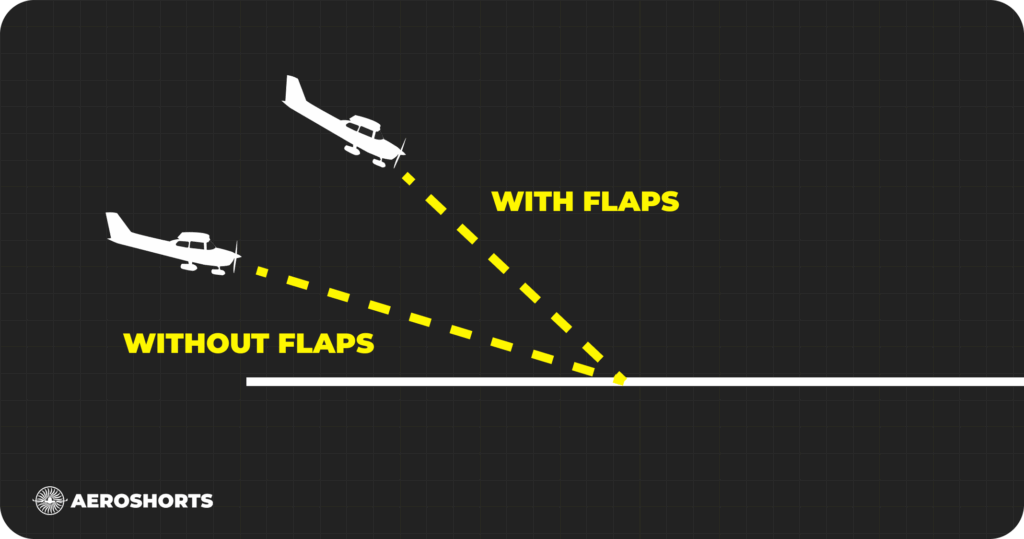If you love aviation or you’re learning to fly, you might have heard of a no flap landing. It sounds like something went wrong, but the truth is: it’s not always an emergency. Sometimes, pilots simply choose to land without using flaps.

Flaps are parts of the wing that help the aircraft land more slowly. They add lift and drag, which allows the plane to come in at a lower speed and land in a shorter distance. That’s why we usually use them when landing.
But there are times when we decide not to use flaps even when everything is working fine. Maybe the runway is long, the wind is strong, or we want to practice a no flap approach. In flight training, we do this a lot to stay sharp and ready for anything.
Of course, sometimes it is because of a technical issue. The flaps might be stuck or not responding. In that case, we have to land without them. But again, it’s something we’re trained for.
So what’s different during a no flap landing?
The plane will come in faster. Without flaps, we need more speed to stay in the air. That means a longer landing roll and a flatter approach. We plan ahead for that and pick a runway with enough length.
The landing might feel a bit firmer too. That’s normal. We use more brakes and sometimes reverse thrust to slow down safely.
In the end, flying without flaps isn’t a big deal when handled properly. Whether it’s a decision or a rare malfunction, pilots are ready for it. And most passengers won’t even notice anything unusual.
Flying is all about being prepared. And no flap landings? Just another part of the job.